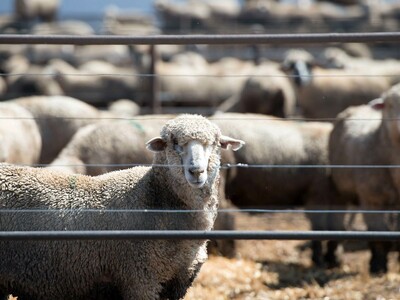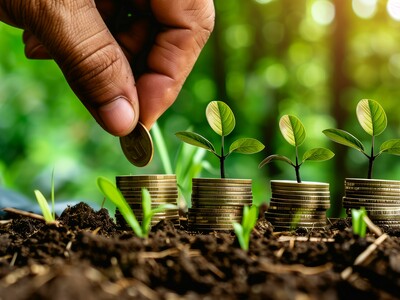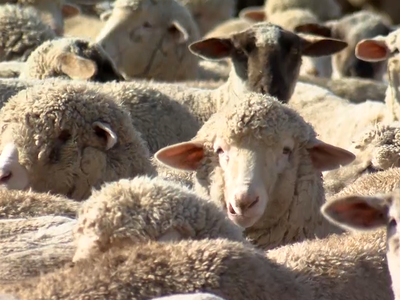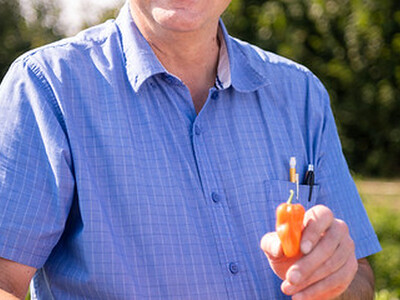Expanding the Biochar Industry
Expanding the Biochar Industry. I’m Greg Martin as Line On Agriculture presents the Harvest Clean Energy Report.
We have been talking a lot about biochar lately. It is being touted for it’s porous properties among other things. John Miedema, CEO of BioLogical Carbon, has been working with biochar for some time now.
MIEDEMA: I do some consulting work around using the carbons that I make for other people, manufacture for agricultural nutrient cycling and for remediation work. For me the real low-hanging fruit that I kind of focused on is trying to get into cleaning up storm water in the urban environment. We found a lot of efficacy with the material. I’m really able to absorb heavy metals; zinc, copper and also hydrocarbons very well and we can do it with material that we can have a price point substantially cheaper than activated carbon and in some instances we have seen it out perform activated carbon.
Miedema says it is important that research continues on biochar since there are still a number of unknowns.
MIEDEMA: Really it’s moving it out of the lab and into use. What we need is real world projects. Projects that are beyond the lab and in the real world.
Source materials for the biochar come from various places.
MIEDEMA: I’m using all kinds, any kind of biomass. Primarily my source material is underutilized woody waste from the porous industry. Bark, fines, chips that don’t meet standards for the pulp/paper industry. Also urban wood waste from chipper trucks that are cleaning up around power lines - that kind of stuff. I also use pellets from methane gas plants.
He says the next goal for his company is to move into the commercial market.
MIEDEMA: What I’m trying to do really is, particularly around here in the northwest we’re going to be making energy from biomass and what I’m trying to prove is that there is a fraction of that biomass going into that system that’s more valuable as a its carbon than the caloric content that’s in the material. So the biochar has essentially the same caloric value as coal. You can take it and burn it and it’s going to have a certain amount of energy there.
He hopes that through this process they can show there is a much greater benefit from the process than just the caloric value of burning it.
For additional information on clean energy, visit harvestcleanenergy.org. That’s today’s Line On Agriculture. I’m Greg Martin on the Ag Information Network.???www.harvestcleanenergy.org

















